Why do excavator buckets have teeth?
Ever wondered why those massive metal buckets on excavators come equipped with those distinctive teeth? It's not just for show. The teeth on an excavator bucket serve crucial functional purposes that directly impact productivity, efficiency, and equipment longevity in demanding environments like railway construction, mining operations, and demolition projects. These teeth are meticulously engineered components that transform a simple metal bucket into a high-performance digging and material handling tool capable of tackling the toughest terrain and materials.
The primary reason buckets have teeth is to significantly enhance digging capability by concentrating force into smaller contact points, allowing the bucket to penetrate hard surfaces more effectively. This design dramatically improves the machine's ability to break through compacted soil, rocky terrain, and frozen ground while reducing strain on both the equipment and operator. Additionally, these teeth facilitate better material flow during loading operations and protect the main bucket structure from excessive wear, extending the equipment's operational lifespan and reducing maintenance costs. For construction professionals and heavy equipment operators, understanding the critical role these teeth play is essential for maximizing productivity and minimizing downtime across various applications.
Penetration and Cutting Power
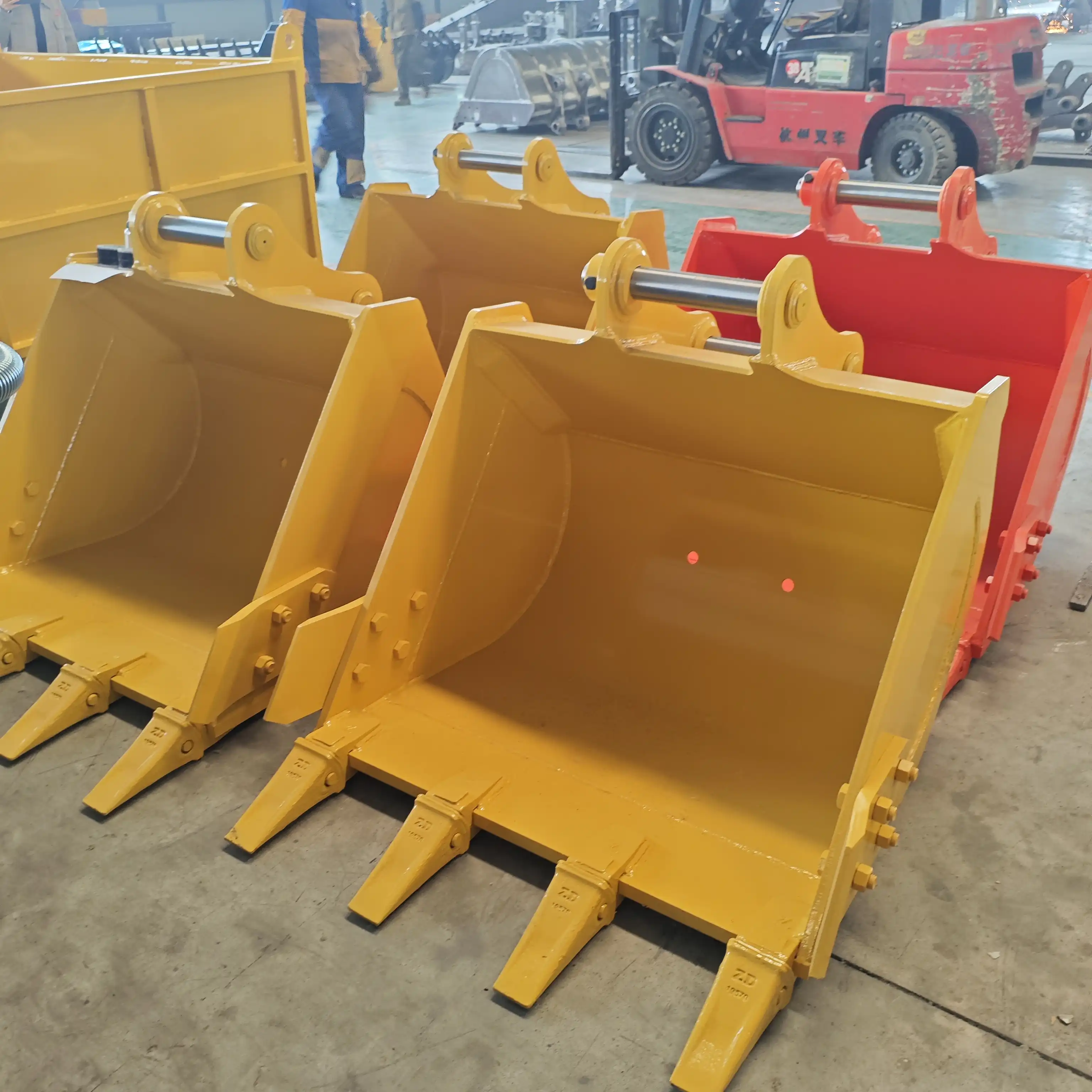
Concentrated Force Application
The teeth on an excavator bucket work on a simple yet powerful principle: force concentration. By focusing the machine's power into smaller contact points rather than distributing it across the entire bucket edge, these teeth can exert tremendous pressure on specific areas. This concentrated force application is crucial when dealing with compacted materials or hard surfaces that would otherwise resist penetration.
Think about the difference between pushing your palm against a wall versus pressing with just your fingertip. The same amount of force applied through a smaller area creates significantly higher pressure. This is precisely how excavator teeth function, transforming the excavator's power into focused cutting action that slices through difficult materials with remarkable efficiency.
Breaking Through Various Materials
The strategic design of excavator bucket teeth allows these powerful machines to tackle an impressive range of materials that would otherwise be extremely challenging to excavate. When faced with frozen ground during winter operations, the pointed teeth can crack through the hardened surface layer that a flat edge would simply slide across. Similarly, in rocky terrain common in mining operations, these teeth can find and exploit natural fracture points in stone, creating leverage to dislodge even substantial rocks.
For contractors working in areas with clay-heavy soils, the penetrating power of properly designed teeth makes all the difference. Clay's cohesive properties can make it extraordinarily difficult to excavate with flat surfaces, as it tends to stick and create suction. The teeth break this suction effect by creating initial penetration points that allow the bucket to slice through rather than fight against the material's natural resistance.
Enhanced Productivity
The penetration capabilities provided by excavator bucket teeth directly translate to measurable productivity gains on virtually any excavation project. Jobs that might require slow, methodical work with a toothless bucket can progress significantly faster when proper teeth are employed. This productivity enhancement comes from multiple factors working together:
Equipment operators experience less resistance during bucket entry into material, allowing for smoother operation and reduced fatigue during extended work periods. The machine itself operates more efficiently as it doesn't need to overcome as much initial resistance, resulting in better fuel economy and reduced wear on hydraulic systems. Projects advance more quickly as each bucket cycle removes more material effectively, reducing the total number of cycles required to complete excavation tasks.
For time-sensitive projects like railway maintenance or emergency repair work, this increased efficiency isn't just convenient—it's often essential for meeting critical deadlines and minimizing disruption to transportation networks.
Material Handling
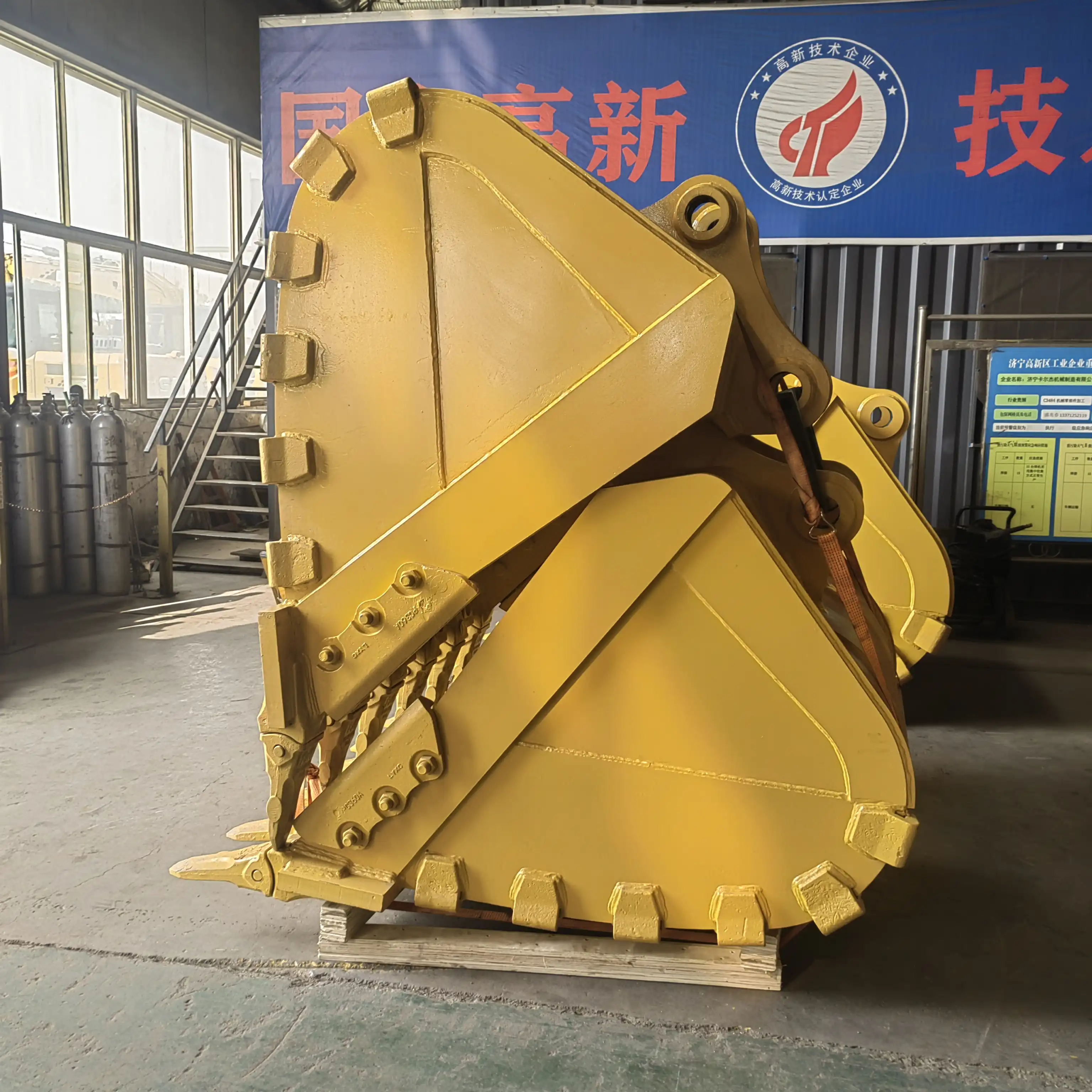
Improved Material Flow
Beyond their penetration benefits, the teeth on an excavator bucket play a crucial role in how materials move during the loading and unloading process. Well-designed teeth create space between the bucket's edge and the material being excavated, effectively reducing surface tension and adhesion issues that can plague smooth-edged buckets.
This improved flow dynamic is particularly valuable when working with cohesive materials like wet clay or soil with high moisture content. Without teeth, these materials tend to stick to the bucket, requiring operators to frequently stop and manually clear the equipment—a time-consuming process that significantly impacts productivity. The spacing created by teeth allows air to enter between the material and bucket surface, preventing vacuum effects that cause material retention.
For specialized operations like dredging or working in waterlogged environments, this flow enhancement becomes even more critical, as water drainage through the teeth spaces prevents excessive weight and improves material release during dumping.
Sorting and Separation Functions
In applications like waste management, demolition cleanup, and certain mining operations, the teeth configuration on an excavator bucket can serve as a rudimentary but effective sorting mechanism. The spaces between teeth naturally allow smaller particles and fine materials to fall through while retaining larger objects and debris.
This inherent sorting capability proves invaluable in scenarios where preliminary material separation is beneficial. During demolition projects, operators can use toothed buckets to separate structural debris from soil, improving recycling potential and reducing processing costs downstream. Similarly, in landscaping applications, tooth configurations help separate rocks and larger debris from soil during land-clearing operations.
Some specialized excavator buckets even feature adjustable or interchangeable teeth patterns specifically designed to optimize this sorting function for particular applications, offering versatility that a single solid edge simply cannot match.
Reduced Sticking and Material Build-up
One of the most frustrating challenges in excavation work is material build-up inside the bucket—a problem that teeth help mitigate significantly. By breaking the continuous contact surface between the bucket and excavated materials, teeth create natural release points and prevent the formation of vacuum seals that cause sticking.
This benefit is especially pronounced when working with:
- Clay-rich soils that tend to compact and adhere to smooth surfaces
- Wet or muddy conditions where suction effects are strongest
- Frozen materials that can partially melt and refreeze against metal surfaces
For operators in forestry applications or land clearing projects where root systems and organic materials are common, teeth prevent the stringy, fibrous materials from binding around a smooth edge, keeping the bucket cleaner throughout operations and maintaining productivity without frequent cleaning stops.
Reduced Wear and Tear
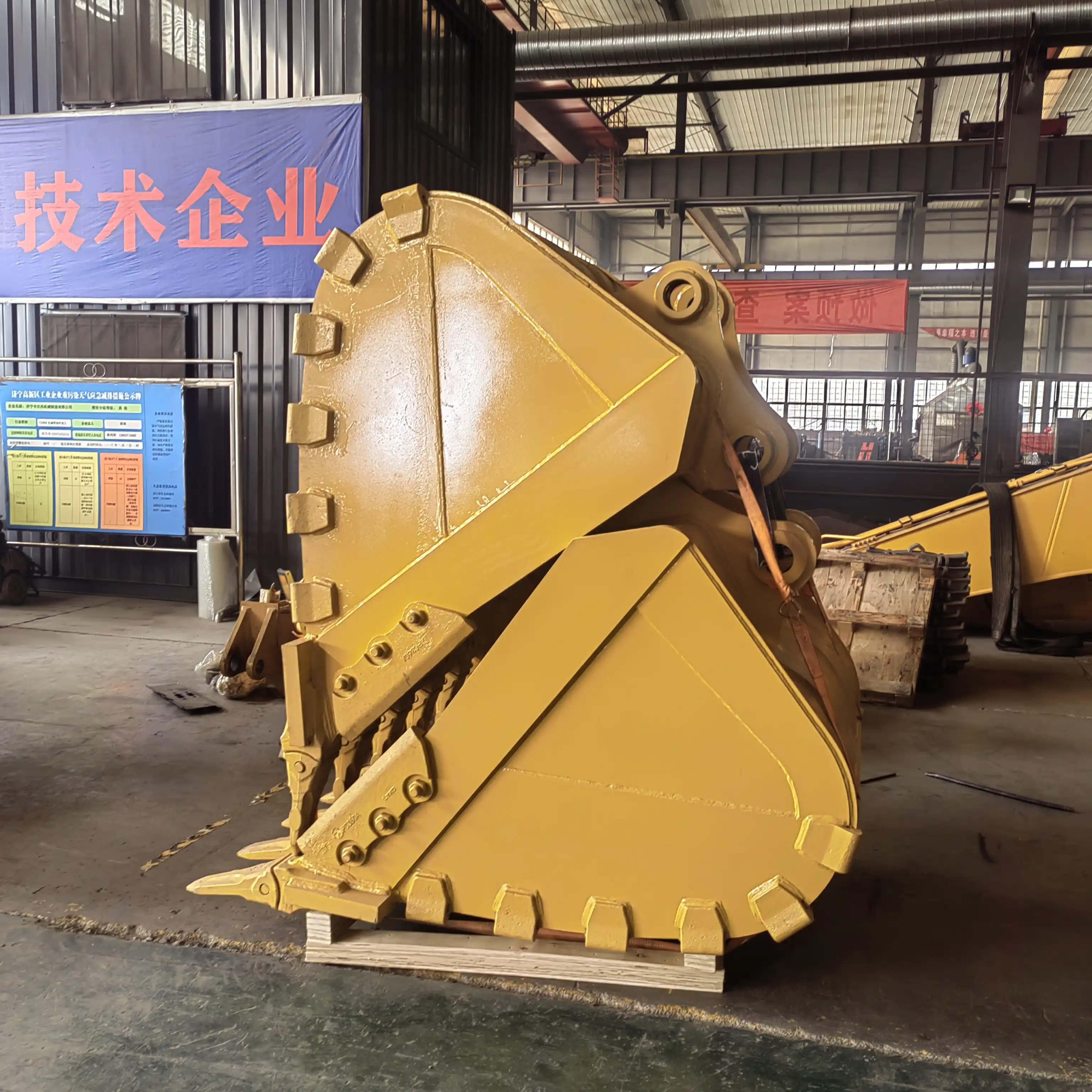
Protection of the Main Bucket Structure
One of the most economically significant advantages of excavator bucket teeth is how they protect the bucket's main structure from premature wear. The teeth are designed as sacrificial components, meant to absorb the brunt of abrasive forces and impacts that would otherwise damage the more expensive bucket body.
This protection mechanism works similarly to how bumpers protect a vehicle's frame during minor collisions. When an excavator bucket encounters hard objects or abrasive materials, the teeth take the initial impact and wear, preserving the structural integrity of the bucket itself. Given that replacing a complete bucket represents a major expense and significant downtime, this protective function translates to substantial cost savings over the equipment's operational lifetime.
For companies operating in particularly harsh environments like quarrying or demolition, this protection factor often determines whether projects remain profitable, as equipment maintenance costs can quickly erode margins without proper wear protection.
Replaceable Wear Components
The modular design philosophy behind modern excavator bucket teeth offers tremendous maintenance advantages. Rather than replacing entire bucket assemblies when wear occurs, maintenance teams can simply change individual teeth or tooth segments as needed. This approach provides several key benefits:
Reduced downtime as teeth replacement can often be completed on-site rather than requiring the bucket to be removed and transported to a maintenance facility. Lower replacement costs since individual teeth represent a fraction of the cost of a complete bucket assembly. Targeted maintenance where only worn components need replacement rather than the entire system.
Advanced tooth mounting systems from quality manufacturers like Tiannuo allow for quick replacement with basic tools, often taking minutes rather than hours. This modularity is particularly valuable for operations with tight maintenance windows, such as railway construction and maintenance projects where track access time is strictly limited.
Extended Equipment Lifespan
The cumulative effect of the protective features and replaceable nature of excavator bucket teeth significantly extends the functional lifespan of the entire excavator attachment system. A well-maintained bucket with regularly replaced teeth can often outlast multiple machines, becoming a valuable asset that transfers between equipment upgrades.
This longevity factor is especially relevant for smaller contractors and companies carefully managing capital expenditure budgets. By investing in quality buckets with proper tooth systems, these operations can allocate resources to other critical needs rather than frequently replacing damaged excavation equipment.
For fleet managers tracking equipment lifecycle costs, buckets with effective tooth systems consistently demonstrate better return on investment metrics, with some high-quality systems showing operational lifespans 3-4 times longer than toothless alternatives in comparable working conditions.
FAQ
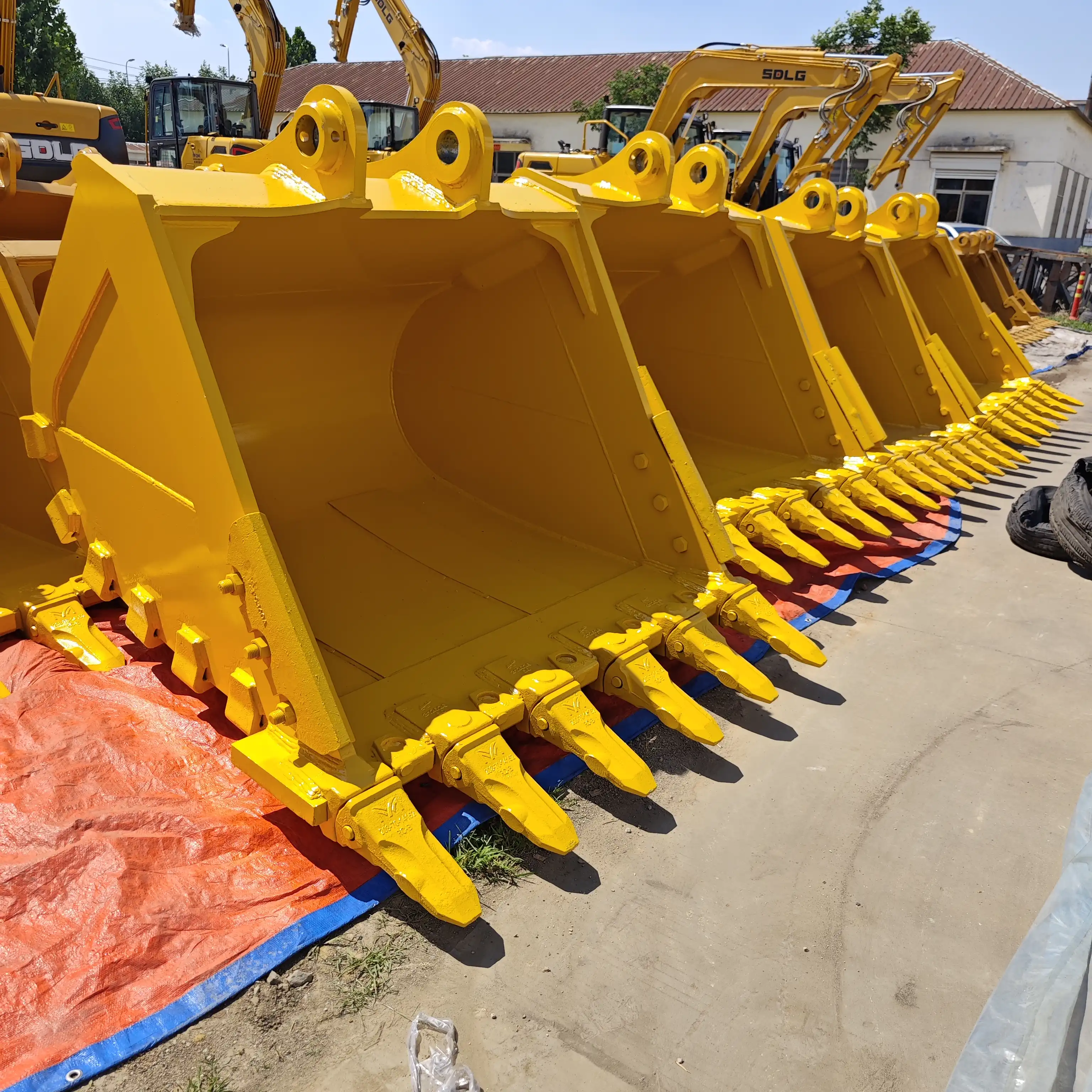
①How often should excavator bucket teeth be replaced?
Replacement intervals vary significantly based on working conditions and materials. In highly abrasive environments like quarrying, teeth might need replacement every 100-200 operating hours, while in softer soil applications, they may last 500+ hours. Regular inspection for wear beyond 50% of original size is recommended as a general guideline.
②Can excavator buckets work without teeth?
Yes, some specialized applications use toothless or "smooth lip" buckets, particularly for finish grading or working with fine materials. However, for most digging operations in compact or mixed materials, teeth dramatically improve efficiency and protect the bucket edge from excessive wear.
③Are all excavator bucket teeth the same?
No. Teeth come in various shapes, sizes, and mounting systems designed for specific applications. Common styles include standard penetration points, rock chisel points, heavy-duty penetration, and tiger teeth for specialized applications. The optimal choice depends on your specific working conditions.
Contact Tiannuo
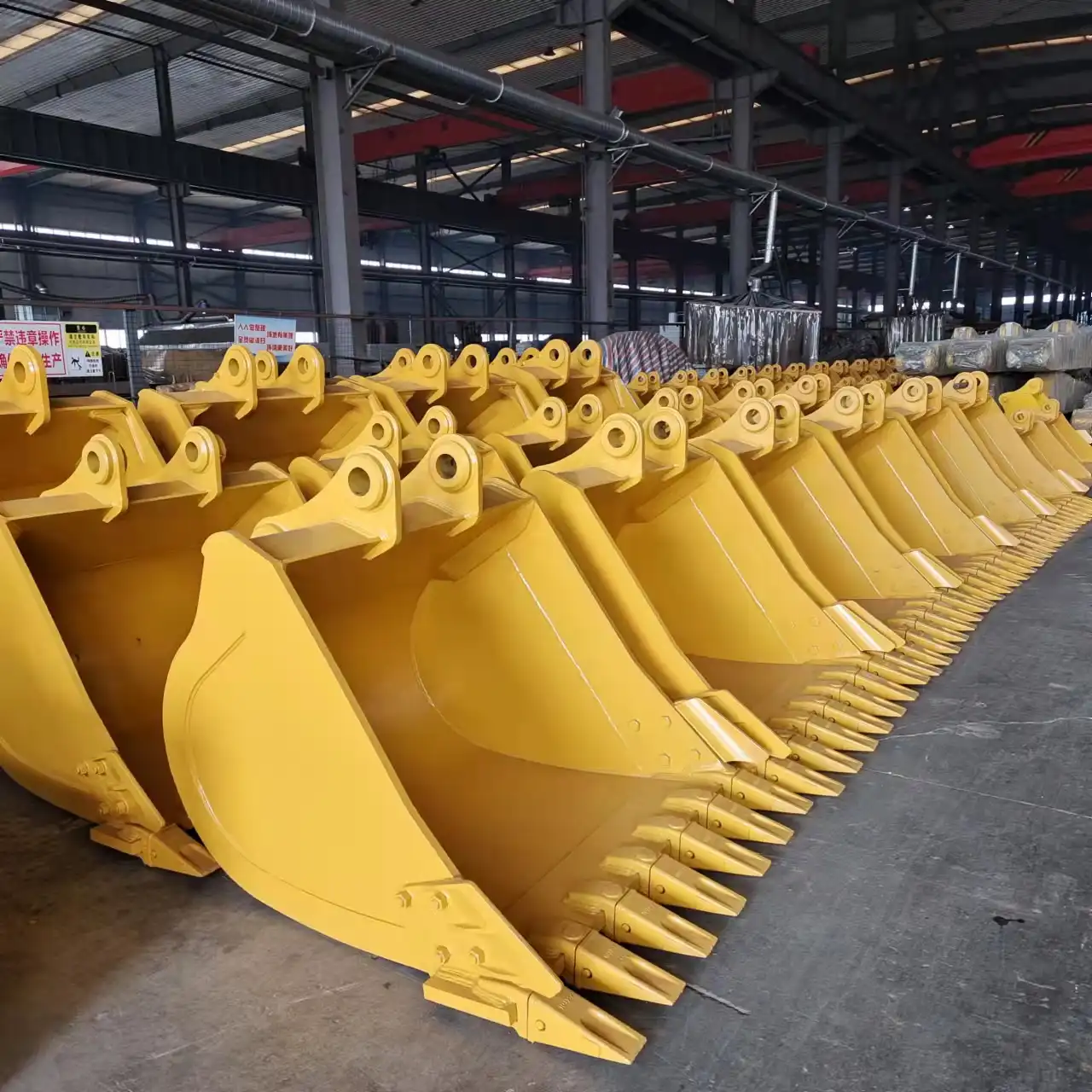
The teeth on a bucket represent far more than simple accessories, they're engineered components that fundamentally transform how these powerful machines interact with the material world. From dramatically improving penetration capability in tough conditions to enhancing material flow during loading operations and protecting expensive equipment from premature wear, these teeth deliver multifaceted benefits that directly impact operational efficiency and project economics.
For professionals in railway construction, mining, demolition, and related fields, selecting the right tooth configuration for specific applications can mean the difference between project success and costly delays. The importance of quality cannot be overstated, as superior metallurgy and engineering design in teeth systems deliver exponentially better performance and longevity in challenging environments.
As excavation technology continues to evolve, we're seeing innovations in tooth design that further enhance these benefits while addressing emerging challenges in specialized applications. For contractors and equipment managers seeking to optimize their operations, understanding these developments and making informed choices about bucket systems remains a crucial competitive advantage.
If you're looking to enhance your excavation capabilities with premium excavator buckets featuring advanced tooth systems designed for your specific application requirements, contact Tiannuo Construction Machinery Co., Ltd. Our team of specialists can help you select the optimal configuration for your equipment and operating conditions. Reach out today at rich@stnd-machinery.com to learn more about our comprehensive range of excavator attachments engineered for exceptional performance and durability.
References
Johnson, R. (2023). Heavy Equipment Technology: Principles and Applications in Construction. Industrial Press Inc.
Zhang, W. & Li, H. (2024). Advances in Excavation Equipment Design for Railway Construction Applications. Construction Management and Economics.
Miller, T. (2023). Wear Mechanics in Earth-Moving Equipment: Material Science Applications. Journal of Construction Engineering.
Peterson, S. & Wang, Y. (2024). Performance Analysis of Tooth Configurations in Various Soil Conditions. International Journal of Mining and Construction Research.
Nakamura, K. (2023). Lifecycle Cost Analysis of Excavation Equipment: Maintenance Optimization Strategies. Equipment Management Quarterly.
About Author: Arm
Arm is a leading expert in the field of specialized construction and railway maintenance equipment, working at Tiannuo Company.

